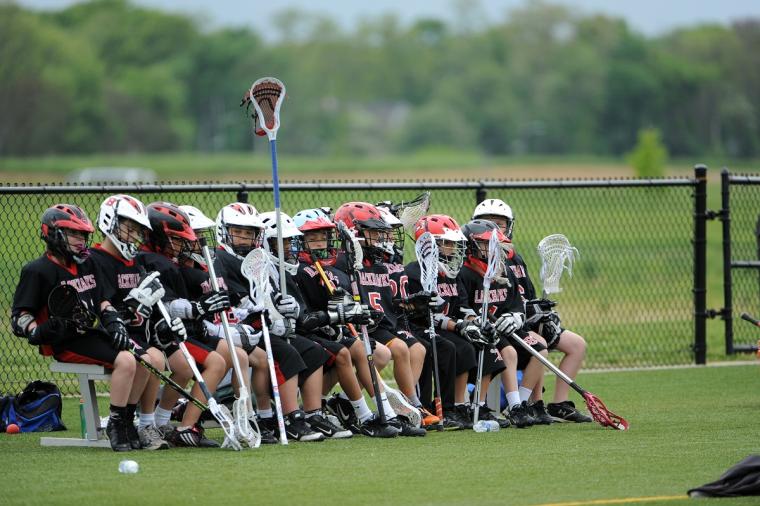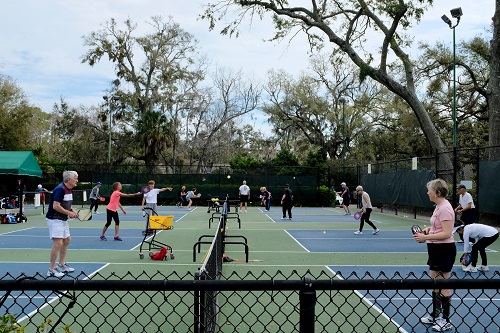
The pandemic appears to have changed the priorities of parents and policymakers when it comes to youth sports, including a greater appreciation for the physical and mental health benefits of staying active. This shift, however, is happening at the same time participation costs are increasing due to inflation.
That’s one major takeaway from the Aspen Institute’s “State of Play 2022” report, which is part of the nonprofit organization’s Project Play initiative that identifies the latest youth sports trends related to participation, physical and mental health, coaching and costs to play.
“Where do you live? Can you afford the fees for private clubs and training? Do your parents and coaches keep your experience fun or apply too much pressure? Does your community have enough programming, fields, parks, coaches and volunteers to provide a quality experience? These factors, and many more, determine whether a child enjoys sports, or even plays at all,” the report’s authors note.
Here are seven more vital highlights from the report:
• The number of youth sports parents (27%) who said their child has lost interest in playing sports remains a major barrier to participation. The more money parents have, the less interest their child has in sports, suggesting that wealthier children’s experiences weren’t optimal even before the shutdown, according to researchers.
• Community-based sports programming is returning. More than half (58%) of children playing sports do so through community programs (compared to 38% in 2021). Still, 3 of 10 community programs either closed, merged or exist with less capacity compared to last year.
• Travel sports programs surged back. The youth sports tourism industry has rebounded well, underwritten by parents who want or feel compelled to provide their child with a more intense, often year-round experience. What might prioritize travel sports parents to place their child in local leagues? They cited more playing time, more inclusive environments and lower costs to play.
• Coaches are asked to do more, with many youth sports participants suffering from mental health challenges enhanced by the pandemic. But coaches said they need help, since very few feel confident identifying challenges with players’ mental health and linking them to the right resources.
• Parents significantly trust their child’s coaches. Youth sports parents expressed more trust in coaches than their teachers and peers to develop life skills, foster a sense of belonging, create safe playing environments and cope with off-the-field stressors. Ironically, coaches shared frustration about parents’ behavior.
• Tennis and pickleball emerged as popular sports. Between 2019 and 2021, tennis added 679,000 participants ages 6 to 17 who regularly play the sport. Meanwhile, pickleball participation soared 83%, adding 462,000 people ages 6 to 17 who played it at least once during that two-year period. Meanwhile, among kids 6 to 12, tackle football participation declined 29% from 2016 to 2021, while flag football participation increased 15%.
• The average family paid $883 annually in one child’s primary sport. That’s down 6% from pre-pandemic costs. The wealthiest families spent about four times more on their child’s sport than the poorest families. Among parents whose sports costs increased in 2022, they cited inflation as the No. 1 reason why.
“The inflation issue is a very real and worrying one,” said Tom Cove, chief executive officer of the Sports & Fitness Industry Association. “People still buy sports products. But at some point, when people see prices change, they can make discretionary choices and sport comes into play.”
The State of Play 2022 report was informed by many sources including Sports & Fitness Industry Association participation data from 2021 (the most recent year available); youth sports parent survey results from Fall 2022 through research by Utah State University’s Families in Sports Lab and Louisiana Tech University’s Minds in Motion Laboratory in partnership with the Aspen Institute and TeamSnap; and the National Coach Survey, a 2022 study of youth sports coaches through research by The Ohio State University LiFEsports Initiative in partnership with the Aspen Institute, Susan Crown Exchange and Nike.
 The National Coach Survey, a new addition to this year’s State of Play 2022 report, is a first-of-its-kind analysis of coaching behaviors, experiences and needs in the United States. The study surveyed more than 10,000 youth sports coaches from every state and in various sports and settings, and future results and analysis are expected to be published in 2023.
The National Coach Survey, a new addition to this year’s State of Play 2022 report, is a first-of-its-kind analysis of coaching behaviors, experiences and needs in the United States. The study surveyed more than 10,000 youth sports coaches from every state and in various sports and settings, and future results and analysis are expected to be published in 2023.
The annual State of Play report is intended to bolster a shared understanding of the barriers to play, with sports organizations using it to sharpen programming strategies and nonprofits using it to strengthen grant proposals and mobilize peer organizations.
Read the full report here.

